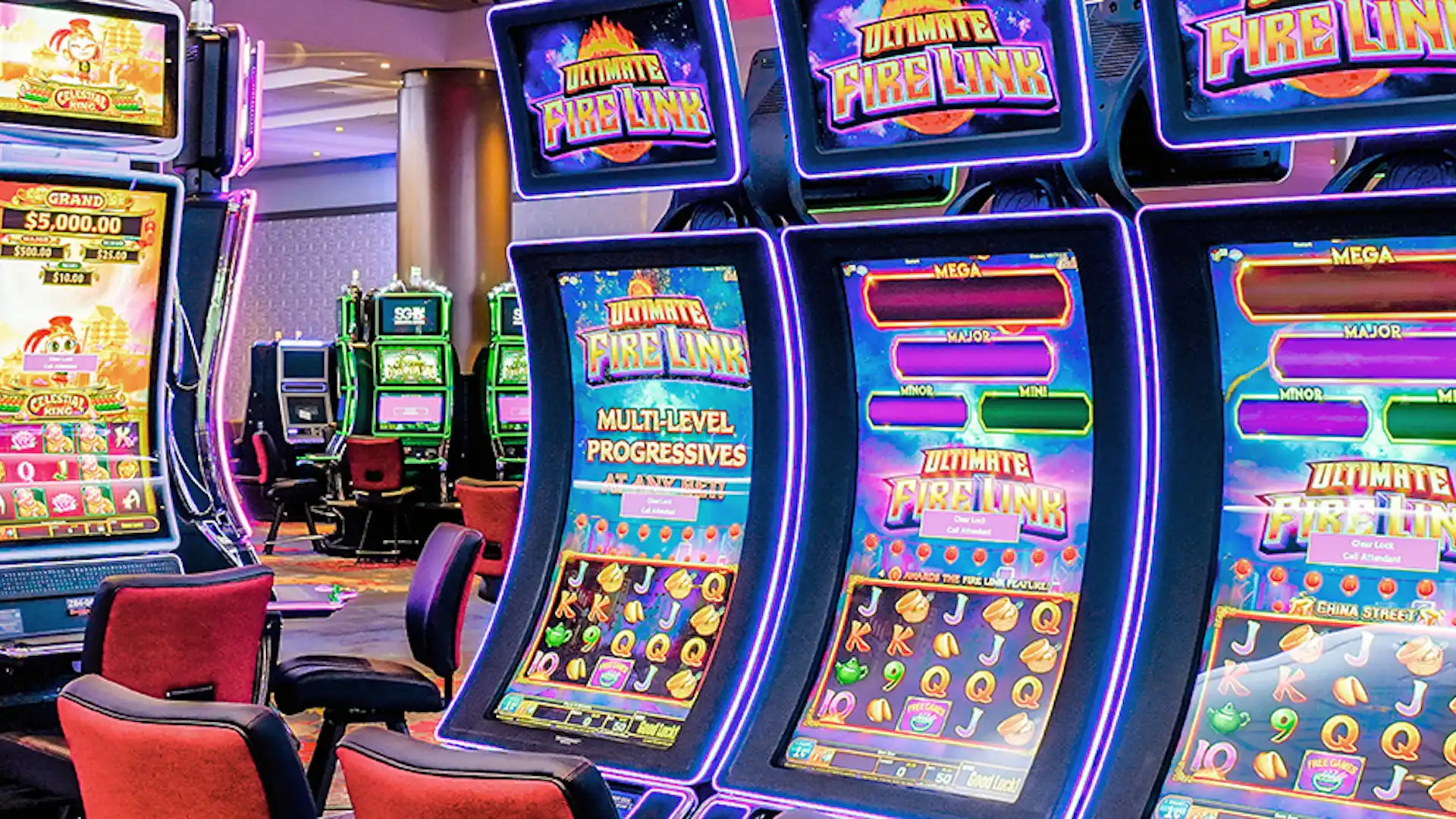
Within the dynamic and stimulating world of gaming establishments, wherein luck and strategy intertwine, hues and aesthetic play a critical role in drawing in players. From the moment visitors step inside a casino or log into a gaming website, they are enveloped in a sightly feast that captures their attention and entices them to explore further. Vivid colors, engaging graphics, and creative layouts are carefully crafted to create an atmosphere of excitement and expectation, ultimately enhancing the gaming encounter.
While players move through the ever-changing landscape of casino games, they encounter a range of designs that not only serve aesthetic purposes but also influence emotions and choices. Hues like scarlet and gold symbolize wealth and fortune, while calm blues and greens can create a much tranquil environment. Grasping how these elements function together enables casinos to create an inviting and energizing atmosphere that encourages players to interact with the games, invest additional time at the tables, and increase their general enjoyment.
The Psychology of Tint in Gambling Games
Hue plays a crucial role in the creation of casino games, influencing players’ emotional states and behaviors. Bright and striking hues, such as scarlet and yellow, are often used to ignite thrill and draw attention. These hues create a sense of immediacy and dynamism, encouraging participants to involve themselves more readily with the game. By thoughtfully selecting colors, creators aim to evoke emotions of joy and expectation, which can enhance the complete game experience.
Different colors also have psychological meanings that can affect how gamblers perceive their chances of success. For example, emerald is frequently associated with luck and wealth, making it a well-liked choice in activities like the roulette wheel and poker setups. This link can cause gamblers to feel more optimistic and confident in their gameplay, ultimately encouraging them to bet more. F8BET Understanding these connections allows game developers to design environments that enhance player satisfaction and retention.
In addition, the layout of gambling game interfaces often employs color gradients and contrasting shades to instruct player actions. For case, successful combinations may be highlighted with bright, differing shades, creating a visual cue. This technique strengthens positive outcomes and supports repeated participation. By exploiting the psychology of color, gaming venues can develop games that not only captivate players but also hold them involved and committed in their gaming experience.
Design Features that Engage Gamers
The aesthetic appeal of casino games is primarily influenced by the use of bold colors. Lively and contrasting colors are strategically chosen to create an appealing atmosphere that captures attention. For example, reds and golds often signify good fortune and prosperity, which is why they are prevalent in the palettes of slot machines and table surfaces. These colors not only draw players in, but they also evoke emotions associated with thrill and expectation, enhancing the overall gaming experience.
In parallel to color, the aesthetic and organization of casino games play a crucial role in captivating players. Games are designed to be user-friendly, ensuring that players can quickly understand the rules and mechanics. Accessible interfaces, along with engaging graphics and animations, help maintain gamer interest and encourage longer play sessions. The tactile elements, such as the texture of the buttons and the audio of the games, also add to a comprehensive sensory experience that keeps players engaged.
Finally, thematic elements in game design can significantly influence gaming decisions. Many gambling games are inspired by media, fairy tales, or adventure themes, incorporating symbols and characters that resonate with players. These themes create a sense of engagement and relatability, making each game feel distinct. When players feel a bond to the theme, they are more likely to opt for that game over others, leading to increased participation and enthusiasm within the casino environment.
Case Studies: Notable Casino Slot Designs
One key example of effective casino game design is the well-known slot machine series themed around hit movies. Thể thao F8BET Games such as those based on the The Wizard of Oz and Game of Thrones utilize dynamic colors and superior graphics to engage players in recognizable narratives. The use of lively visuals and engaging sound effects takes the interest of players, establishing an affective connection to the theme. This tactic not only fosters longer play but also boosts the overall gaming experience, yielding increased player retention.
Another notable case is the application of the psychology of color in table games like blackjack and the wheel. Casinos often design these games with dark reds and greens, colors traditionally connected with luck and wealth. For instance, the green felt on a 21 table provides a calming effect, while the red accents in the wheel invite thrill. This deliberate use of color helps to create an inviting atmosphere that encourages players to join in, addressing their psychological impulses and increasing their enjoyment.
Finally, social casino games that feature community features and lively, lively designs have achieved remarkable success in engaging players. Games like Zynga’s Poker and Slotomania leverage striking colors and playful animations to create an inviting online environment. The addition of leaderboards, community sharing options, and in-app rewards fosters competition and community, attracting players in for longer sessions. Such designs not only make the games visually appealing but also highlight social interaction, a vital factor in player retention and engagement within digital casino environments.